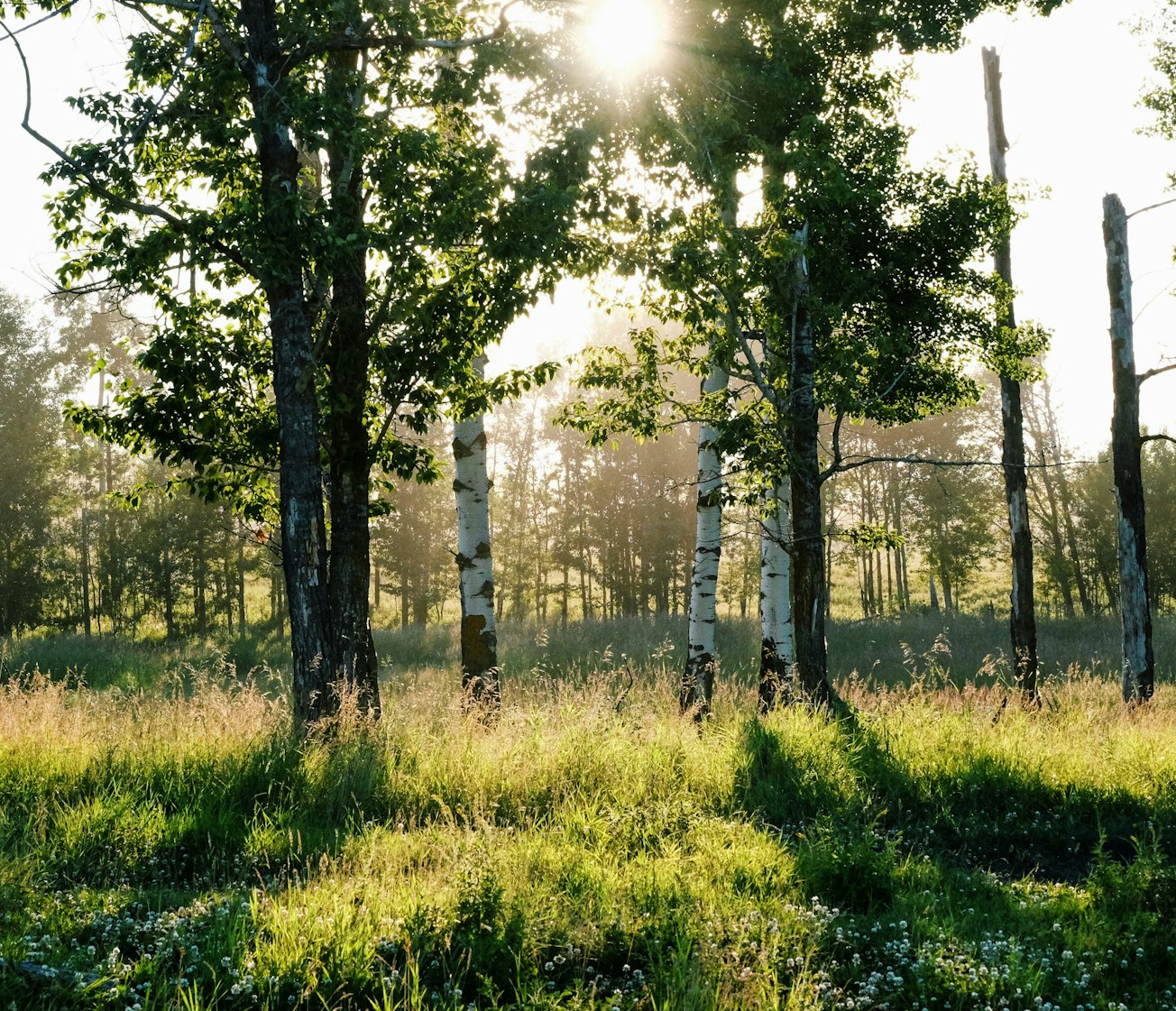What is it about?
The developed model enables building smooth, piecewise-linear, hybrid, minor, mirror-reflected, inverse, reverse, double and triple loops. A general formula has been derived for building piecewise-linear hysteresis loops of Play and Non-ideal Relay types as well as their numerous variations widely used in simplified models of hysteresis phenomena. In addition, several practical examples of composition/decomposition of the piecewise-linear hysteresis loops have been considered. In particular, it was proven that the detection of Play-Play-Play, Play-Relay-Play or shifted loops during physical measurements may indicate the simultaneous existence of two separate hysteresis processes superimposed on each other.
Featured Image

Photo by Ezra Jeffrey-Comeau on Unsplash
Why is it important?
The usage of the phase shifts and a number of other transformations which are changing the loop tilt and curvature, let us reduce the hysteresis loop approximation error by several times. As a result, the average relative approximation error of the improved model does not exceed 1%.
Perspectives

To simplify the construction, analysis, and identification of the hysteresis loops under consideration, the article is accompanied with a voluminous supplementary material in the form of Mathcad worksheets. This supporting material will allow anyone to quickly find the suitable hysteresis loop description specific for his particular problem.
Dr. Rostislav V. Lapshin
Institute of Physical Problems
Read the Original
This page is a summary of: An improved parametric model for hysteresis loop approximation, Review of Scientific Instruments, June 2020, American Institute of Physics,
DOI: 10.1063/5.0012931.
You can read the full text:
Resources
- URL
Author's personal website
Personal website of Dr. Rostislav V. Lapshin, Staff Scientist, Solid Nanotechnology Laboratory, Institute of Physical Problems. The website content: news, information on current researches and developments, publications, conference reports, descriptions of patents, gallery of SPM scans, free software, brief biography
- URL
Author's personal website
Personal website of Dr. Rostislav V. Lapshin, Staff Scientist, Solid Nanotechnology Laboratory, Institute of Physical Problems. The website content: news, information on current researches and developments, publications, conference reports, descriptions of patents, gallery of SPM scans, free software, brief biography
Contributors
The following have contributed to this page







